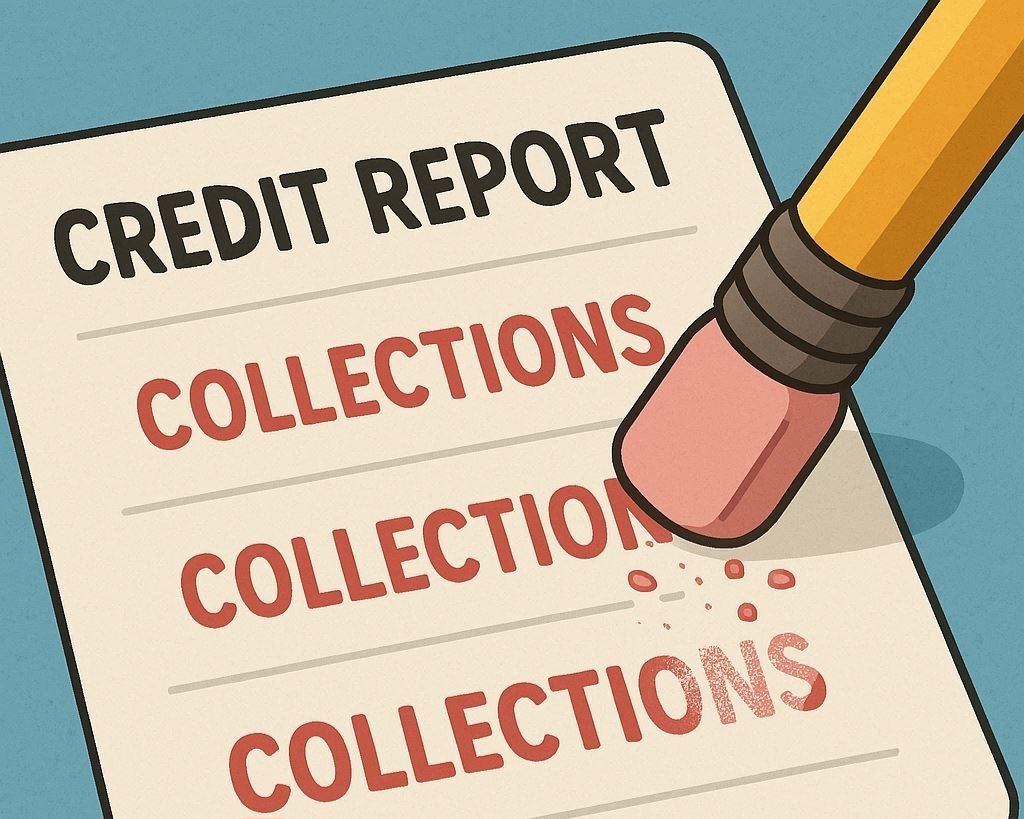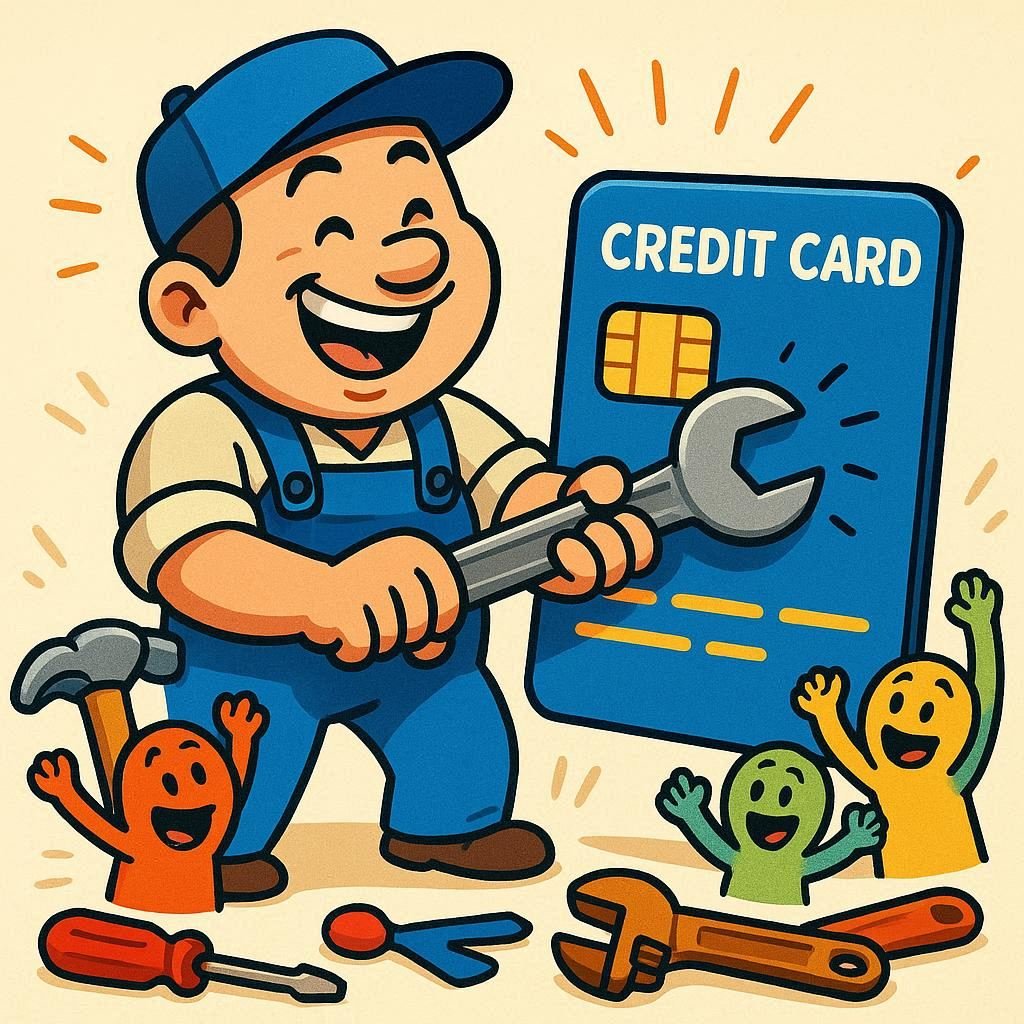Collections on your credit report can be frustrating, especially if you’ve already paid them. They can drag down your score and make it harder to qualify for loans, credit cards, or even rental applications. In this post, we’ll explain how to remove collections from your credit report — whether they’re paid, unpaid, or reported in error.
Can You Remove a Collection from Your Report?
Yes, in some cases. While accurate negative information can legally stay on your credit report for up to 7 years, there are several methods that may help you remove collections earlier — especially if they’re inaccurate or you’ve paid them.
Step 1: Verify the Debt
Before anything else, request a copy of your credit report from all three major bureaus — Experian, TransUnion, and Equifax. You can get one free report each week at AnnualCreditReport.com.
Check the collection entry closely for:
- Incorrect balances or dates
- Duplicate listings
- Wrong name or account information
- Collection that should’ve been removed
If anything looks incorrect or questionable, you can dispute it directly with the credit bureau. You must receive a response within 30 days.
Step 2: Send a Goodwill Letter
If the collection account is accurate but already paid, consider sending a goodwill letter to the collection agency or original creditor. This letter politely requests removal of the collection in exchange for your history of payment or personal circumstances.
There’s no guarantee this works, but many people have success, especially when they’ve shown recent financial responsibility.
Step 3: Negotiate a “Pay for Delete”
If you haven’t paid the collection yet, you may be able to negotiate a “pay for delete” agreement. This means you agree to pay the debt, and in exchange, the collection agency agrees to remove it from your credit report.
Before making payment, always get this agreement in writing. Not all agencies agree to it, but it’s legal and commonly used.
Step 4: File a Dispute (If Needed)
If you spot errors in the collection listing — such as an incorrect balance, wrong dates, or an account that doesn’t belong to you — file a dispute with the credit bureau.
You can file disputes online or by mail. Include documentation to support your claim. If the agency cannot verify the debt within 30 days, they must remove it.
How Long Do Collections Stay on a Credit Report?
Unpaid collections can stay on your credit report for up to 7 years from the date the account first became delinquent. Paid collections may still stay for the same period, but their impact on your score may decrease over time. This post explains more on how long negative items stay on your credit report.
Should You Pay a Collection?
Paying a collection won’t always remove it from your report, but it can help in the long term. Some newer credit scoring models (like FICO 9 and VantageScore 4.0) don’t penalize for paid collections — but many lenders still use older models that do.
Before paying, consider negotiating a “pay for delete” if the agency is willing.
Bottom Line
Removing a collection from your credit report can take time, effort, and documentation. Always start by verifying the debt, then decide whether to dispute it, request goodwill removal, or negotiate a pay-for-delete. Even if you can’t remove it, paying the collection may still benefit your overall credit profile.
Credit repair isn’t instant, but taking small steps now leads to big improvements over time.
Need More Help?
If you’re feeling overwhelmed or unsure, you may want to speak to a certified credit counselor through a nonprofit agency. They can help you create a plan and avoid scams.
You can find accredited counselors through the National Foundation for Credit Counseling (NFCC).





